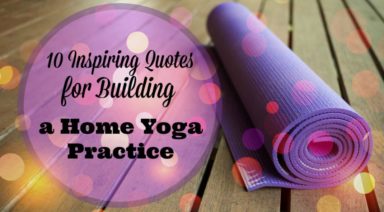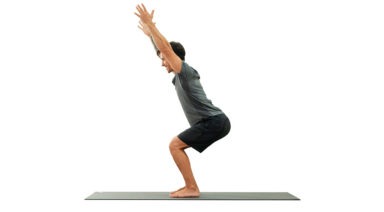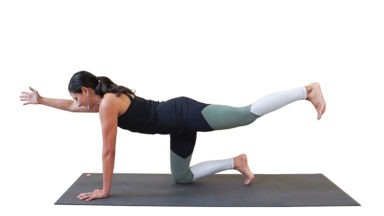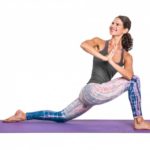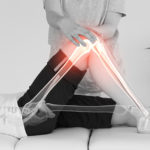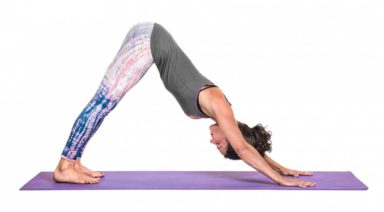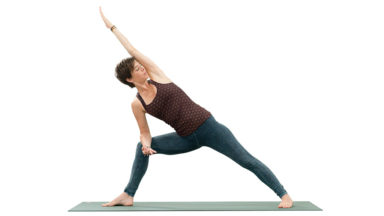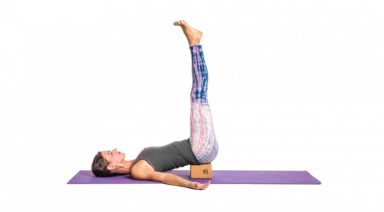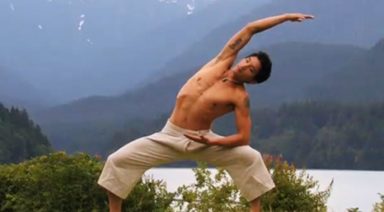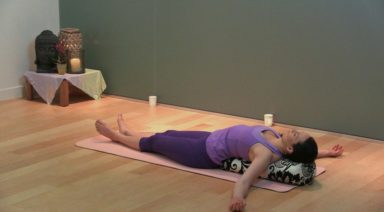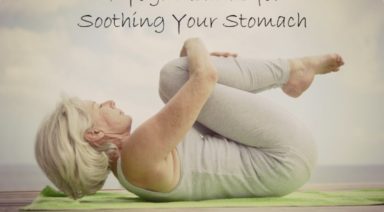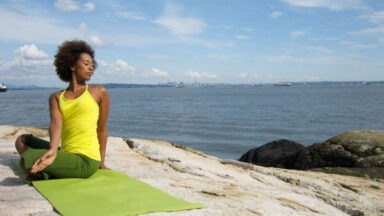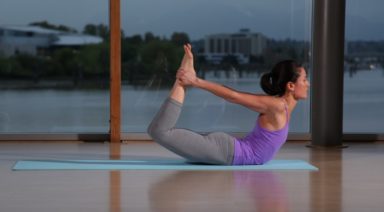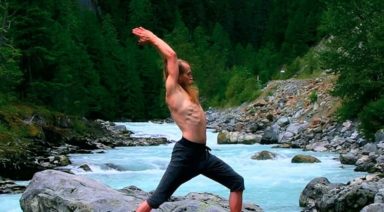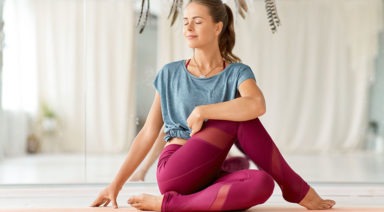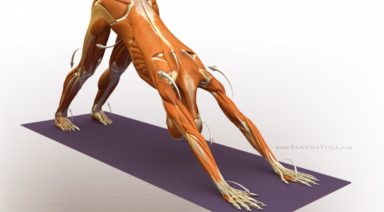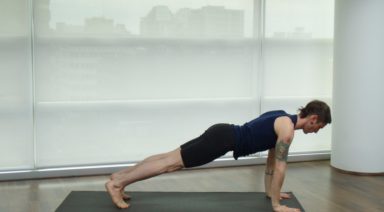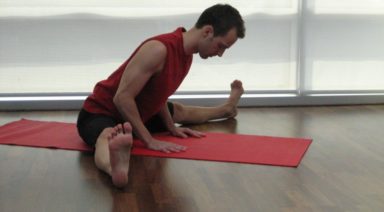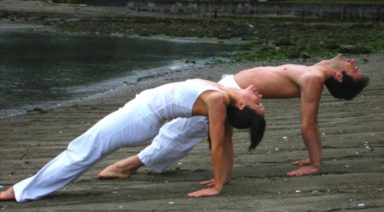Benefits of Yoga at Work

The changing work environment increasingly places demands and stress on employees. This work related stress leads to depression, drop in work performance, and anxiety. The pressure of the work environment has cost businesses well over $250 billion dollars a year in absentee-ism, reduced productivity, low morale, employee turnover, and accidents.
Searching for ways to deal with the stressful work environment, corporations are discovering the enormous benefits of yoga-based wellness programs.
Take Breaks at Work
Taking breaks in the workday with yoga has proven to be one of the most effective ways in helping employees relieve stress and become refreshed and more focused. Employees will then be able to make better decisions, be more productive, and have a more positive attitude with co-workers. Gaia has designed mini yoga flows to meet the needs of the corporate environment. Our Yoga at Work practices can be conveniently and discretely done within the office space and in a short period of time. We provide employees with powerful tools needed to manage everyday challenges and to optimize health and well being.
Benefits of Yoga at Work
Yoga at Work practices can provide numerous benefits:
- teaches individual stress management
- improves the immune system and overall health, resulting in decreased absenteeism and sickness levels
- increases productivity, motivation, and work performance
- improves decision making and creativity
- increases energy, mental alertness, and clarity
- improves stamina
- improves morale, job satisfaction, and positive thinking patterns
- improves memory, focus and concentration
- reduces muscle tension and pain due to sedentary working positions
- improves flexibility and physical strength
- improves breathing
- decreases headaches
- improves confidence
Ready to Do Some Yoga While at Work?
Check out a few of these practices you can do right at your desk or wherever you happen to work. Become a Gaiam TV member today to access these plus thousands of other yoga asanas designed with your best life in mind!
Morning Inspiration Office Flow
Yoga for Computer Users
Yoga Every Day: More Than A Hashtag
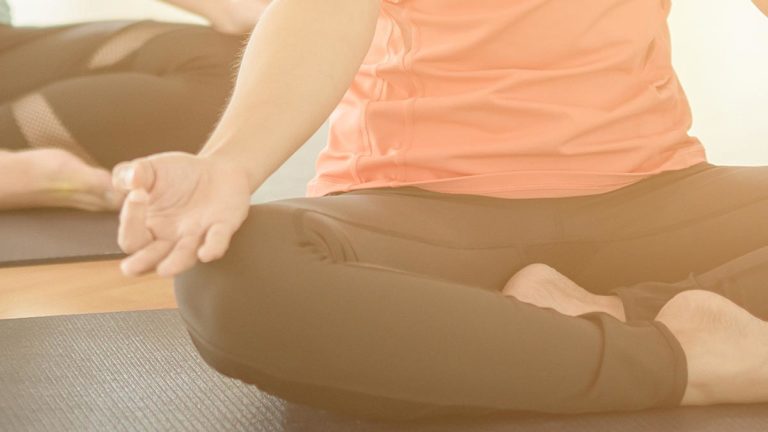
If you’re a yoga practitioner in 2016, chances are you have had some exposure to the yoga of social media. You may even be familiar with the “yoga every damn day” hashtag that unites a community of yogis in the pursuit of a devoted daily practice. But what does #yogaeverydamnday really mean and is it in the realm of wise practice? While some are quick to condemn this social media movement with cautions of injury, demands for moderation and a strict adherence to tradition, perhaps it warrants closer examination.
Maybe #yogaeverydamnday is meant to celebrate the yogic lifestyle and encourage committed daily practice. Or maybe there exists a deeper level of embedded insight in this seemingly innocuous hashtag than what can be communicated in a well-staged image or video. At the very least, it serves as an entry point for discussing how Yoga Everyday is actually a lifestyle choice.
WHAT IS YOGA EVERY DAY?
THE SPIRIT OF SADHANA: EXPERIENTIAL WISDOM
Among the numerous sacred texts that comprise the ancient body of yoga philosophy, the Yoga Sutras include some of the clearest and most readily applicable teachings for the modern yoga practitioner. There are two words in Sanskrit that are commonly translated as “practice” in English: abhyasa and Sadhana. These two words may be synonymous in their shared English equivalent, but in Sanskrit they illustrate, in two very different ways, what is meant by yoga “practice”. As we begin to examine our own personal reasons for practicing yoga every day, it is important to develop an intimate understanding of both.
THE SPIRIT OF SADHANA: ABHYASA
Abhyasa is the collective of devoted practices and lifestyle choices (thoughts, words, actions) that allow us to grow in the direction of truth and spiritual realization. Abhyasa can be thought of as a set of natural behaviors that are informed by our personal values and our deepest spiritual aims. In Yoga Sutra 1.13, we are given Abhyasa as descriptive of all practices that maintain a state of tranquility. This maintenance is achieved with a commitment to sadhana.
THE SPIRIT OF SADHANA: SADHANA
Sadhana refers to the specific methods and techniques for interacting with the physical world through the vehicle of the body. Sadhana addresses body, breath and mental awareness through prescribed practices such as those offered in Ashtanga Yoga, The Eight-Limbed Path.





